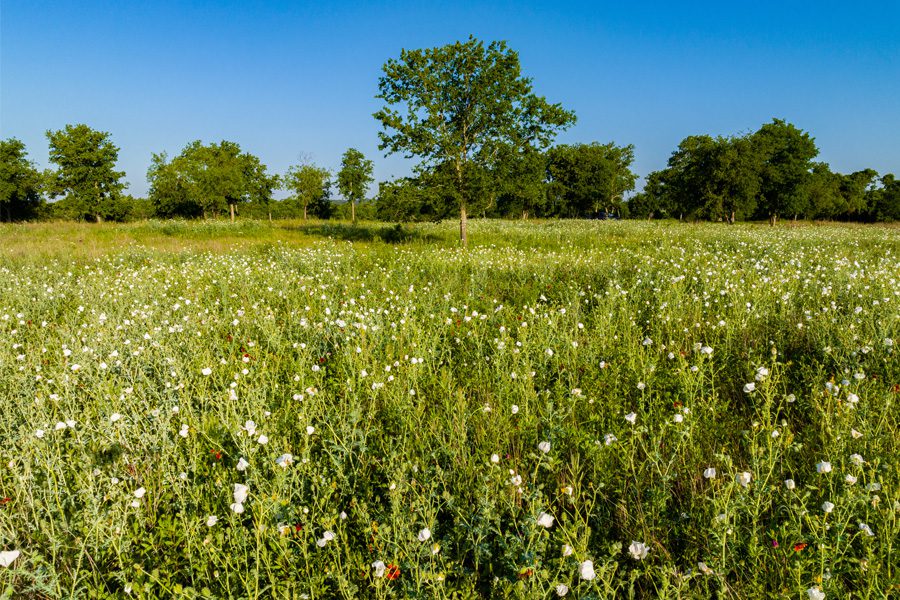
When you think of Texas, what comes to mind first? Is it the delicious barbeque smoked all day to perfection? Or could it be the classic cowboy riding his horse across the prairie filled with longhorns? If you ask us, one image always reigns as the most iconic – Texas bluebonnets.
Adopted as the state flower of Texas in 1901, this flower graces us with its presence every spring, painting the state’s landscape in a sea of blue. The bluebonnets bring millions of visitors to Texas; however, there are many more flower species in our state that aren’t as well known, and they all support the ecosystem by providing erosion control, pollination and a food source for native wildlife.
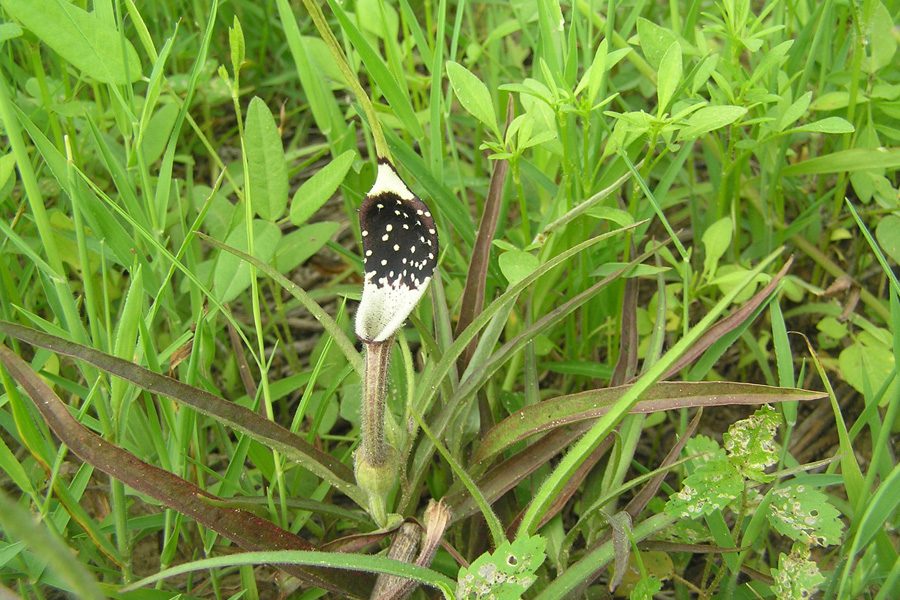
Swanflower
This wildflower has a unique appearance and peculiar pollination strategy. Flies crawl down the flower’s tubular opening and through a trapdoor where they pick up pollen while sipping nectar. The trapdoor slowly withers away, keeping the fly trapped inside for one day. As soon as the fly escapes, it finds another swanflower and repeats the same act, completing the pollination process. Swanflowers are difficult to find because they also serve as host plants for pipevine swallowtail butterflies whose caterpillars quickly consume the plant. You can try and spot this flower at McKinney Roughs Nature Park.
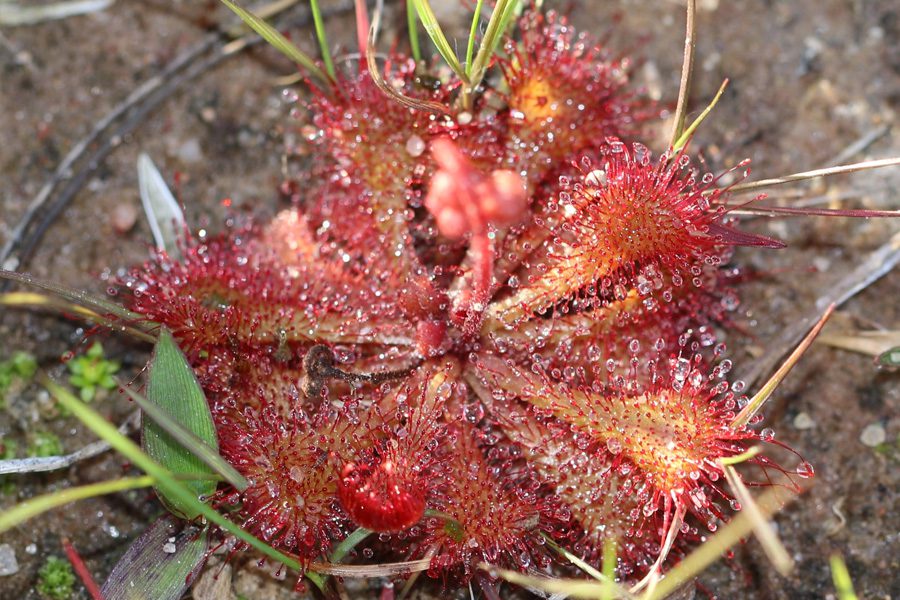
This odd-looking flower is the smallest carnivorous plant (usually no more than three centimeters across) in North America and grows in moist, sandy areas such as Lake Bastrop South Shore Park. This plant’s leaves are covered in red hairs with sticky liquid on the ends that attract and trap small insects. Lucky for us, mosquitoes make up a large portion of their diet!
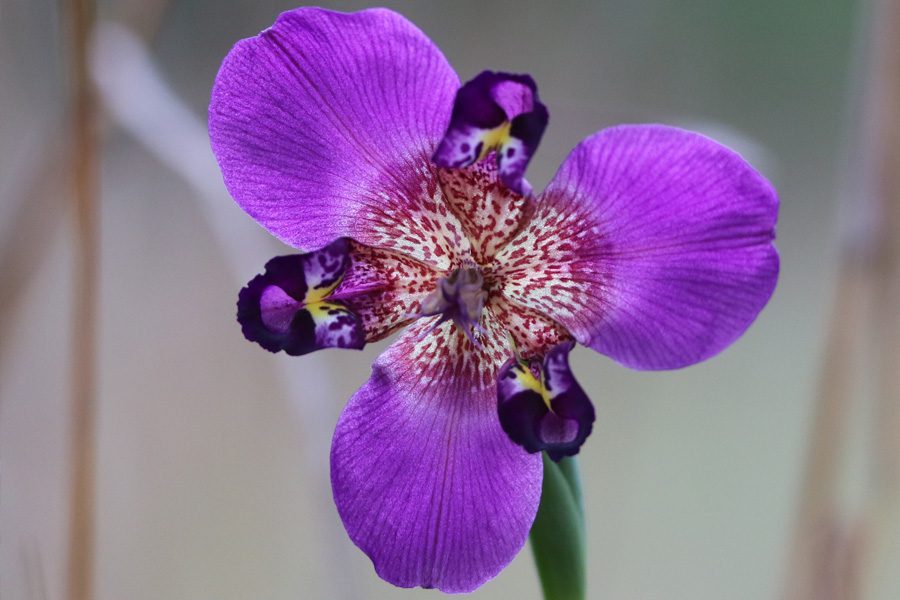
Sometimes called a propeller flower, the Purple Pleat-leaf gets its name from its distinct leaves, which are folded along their stem as it extends from the ground. Ninety days after its seeds are sown in the spring, this wildflower blooms with striking shades of purple. Historically, a Mayan civilization called the Huastec used the plant’s bulbs to treat dysentery. Visitors have spotted this flower in partially shaded areas at Plum Park on the Colorado.
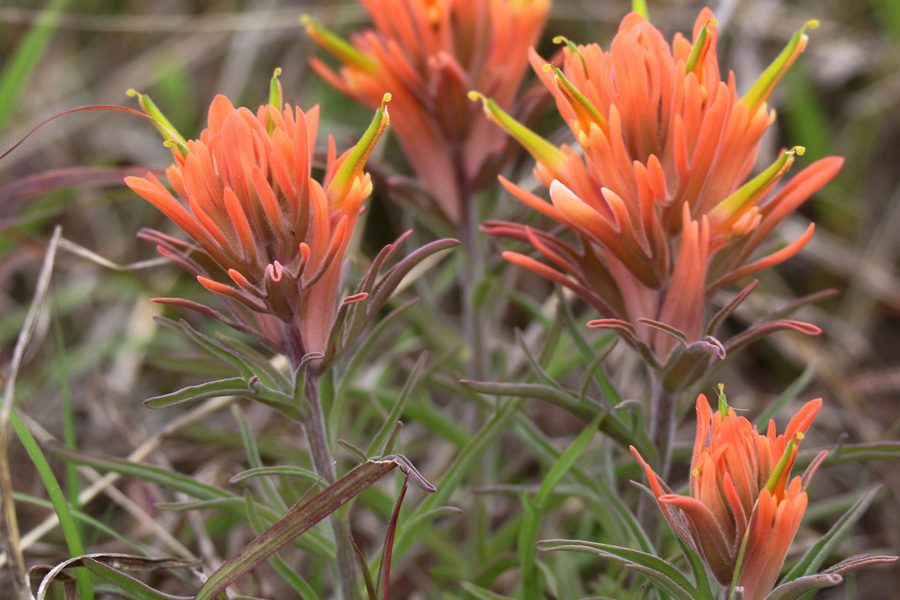
Also referred to as an Indian Paintbrush, Lindheimer’s Paintbrush can be seen throughout Central Texas. It prefers to grow in clay, gravel or sandy soils found in places such as Gloster Bend Recreation Area. This park’s soil, as well as other parks along Lake Travis, is especially fertile because of the nutrients it contains from historical water levels. Native Americans used to consume this flower in moderation; however, it is toxic to horses.


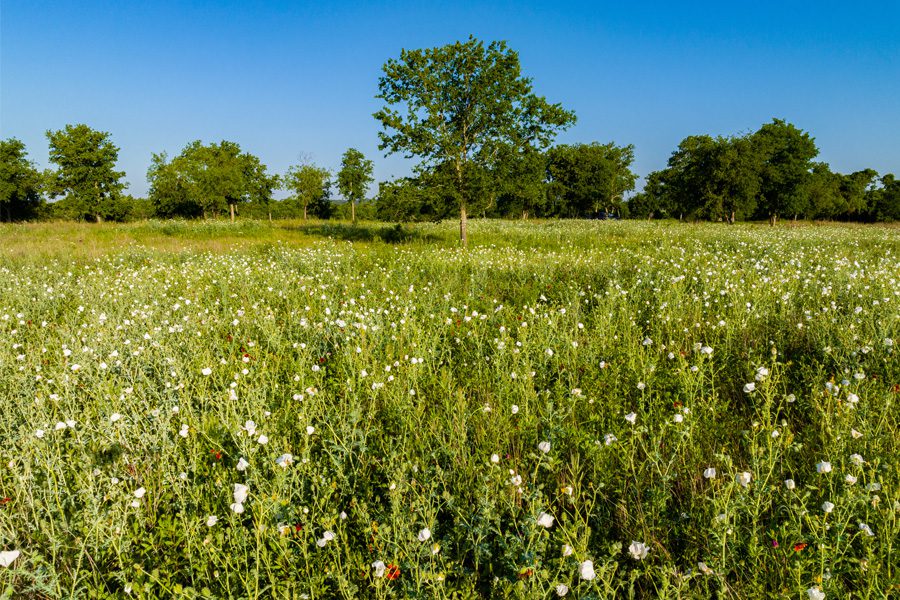
Social Media